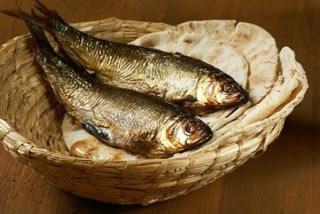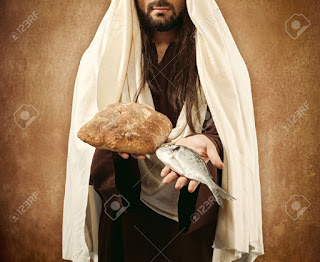According to André Chouraqui, the first Jewish person to translate the New Testament into French, the New Testament is a music with a lost partition. The lost partition is due to a content being diluted through the numerous translations and to the deliberate will emanating from emperor Constantine to match Christianity with numerous pagan additions.
Twenty Centuries later, a lot of people seem to have forgotten that the New Testament’s roots are Hebrew. The text of the New Testament at our disposition might have been translated into Greek, but the persons who wrote it were all Jewish. They all lived according to Jewish customs and the One they were serving, our Messiah, taught as a Jewish rabbi and the signs and miracles He operated are a fulfillment of the Tanakh (Ancient Testament). One cannot and will not understand the New Testament properly without digging deep into its Hebrew roots.Unfortunately, a lot of false, dishonest interpretations have been added and widely accepted by the mainstream public.
The multiplication of bread and fish’s symbolic goes back to the Old Testament
The Gospels report Yeshua’s miracle of the multiplication of bread and fish. While reading the story, most people simply think about the nourishment of a hungry crowd. Some prosperity gurus will extrapole on Yeshua being one of the most successful entrepreneurs. Yet none of them has the curiosity to look further at the symbolic meaning of fish, bread and also at the numbers mentioned in the text of the Gospels.
The prophet Elijah performed the same type of miracle, that is reported in the Second Book of Kings, verses 42 to 44:
“And there came a man from Baalshalisha, and brought the man of God bread of the first fruits,twenty loaves of barley, and full ears of corns in the husk thereof. And he said, give to the people, that they may eat. And the attendant said: what will I set before a hundred men? But he said: “give them to the people that they may eat, for thus says the Lord: “they shall eat and have some left over”.
The barley bread that was used was barley pita bread and probably the same type of bread was used during Yeshua’s multiplication of bread.
The fish, a symbol of growth
Does knowing the word “fish” in Hebrew matter? Yes, it does. And here is WHY.
The word “dag” (daleth guimel), fish, in Hebrew is linked with the very meaning of growth.
The verb “daga” in Hebrew means to increase, to multiply.
This verb is to be found in the Book of Genesis, 48:16
אַבְרָהָ֣ם וְיִצְחָ֑ק וְיִדְגּ֥וּ לָרֹ֖ב בְּקֶ֥רֶב
“Abraham and Isaac and they will grow into a multitude”
Isn’t it fascinating that these two pieces of fish are a symbol of great increase? The Hebrew language allows us to catch the very meaning ofYeshua’s miracle. But there is even much more revealed in this fascinating episode. There are five pieces of bread.
Symbolically the number 5 is linked with the Pentateuch (the five books of the Torah), but interestingly it also refers to Yom Hamichi, the fifth day of Creation, during which bird and fish were created.
Another powerful number is 12. After the crowd had been fed by our Savior, 12 baskets remained.
These 12 baskets represent the 12 tribes of Israel. There is probably even much more to discover about this fantastic miracle Yeshua performed in front of a hungry crowd. But I wanted to share these few insight with you all.
Always remember that Yeshua is the great multiplier. If you put all your trust in our Lord, He will feed you at all time. Your spiritual and your material needs will be met. Blessed be our Messiah’s Name, in eternity.
Copyright© by Isabelle Esling





No comments:
Post a Comment